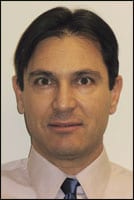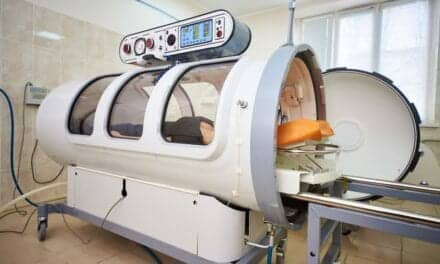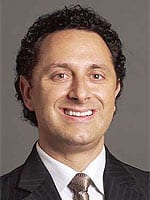One of the best medical news and information sites, Medscape, has published an online interview with Brent Moelleken, MD, Associate Clinical Professor of Plastic Surgery at the University of California at Los Angeles (UCLA), in which the cheek lift is discussed:
Cheek lifts have evolved. Let me give you some background first. Sometimes you see temporary bulges below the eyes in people if they've eaten salty foods or have been crying. Bulges that are always there may be a sign of age or weakening of the orbital septum. However, we learned the hard way that sometimes complications can result from manipulation of the orbital septum. The orbital septum is a delicate layer that attaches the lower eyelid to the lower eye bone. When it contracts, it causes the eyelid to pull down — sometimes severely in ectropion, an eversion of the lower eyelid.
Mild ectropion is just an alteration in the shape of the eye, but more severe cases lead to lateral orbital dystopia. Cheek lifts have evolved so that they are now accomplished at a more superficial, suborbicularis level. Rather than touching the orbital septum deeper down, if any modification of the fat is necessary, now it is typically done from inside the eye. The orbital septum can be completely avoided.
Another big advance is to use minimal incisions, which are very short and on the side of the eye. Cheek lifts are a subtle operation. If they are performed radically and large lifts are attempted through lower eyelid incisions, the risk is high that the eyes will distort in shape. Recently, the tendency has been toward more minimally invasive procedures, anchoring the muscle to the periosteum of the upper eyelid.
Read it all (subscription required).




